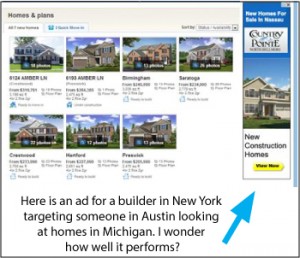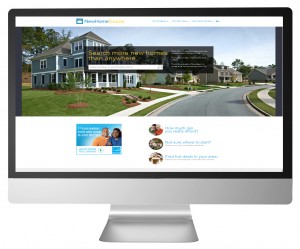 By Katelyn Kellam, BDX Digital Advertising Coordinator
By Katelyn Kellam, BDX Digital Advertising Coordinator
Over the past year more and more builders are looking to BDX to help them plan and execute their display advertising campaigns. Providing high quality customized service is critical to what we do and why we have some of the highest performing advertising campaigns in the industry. So, as our client list grows, so do our internal resources to support them. Katelyn Kellam recently joined BDX as Digital Advertising Coordinator and we thought you would enjoy this perspective from the newest member of our team.
I began working at BDX almost two months ago, and I can say with certainty that there is not a “typical day” in the advertising department. I’m responsible for trafficking campaigns, keeping track of new contracts, producing the NewHomeSource Professional community map, and fielding questions from sales reps and coworkers, while enjoying the occasional breakfast taco.
I’m taking it all in stride – learning to navigate the world of three-letter acronyms (BDX, RDC, VAN, RET, CRM, NHS…and the list goes on. Click here for our Acronym Cheat Sheet) and the host of different products we offer and how they work together. Each day provides at least one learning opportunity, whether it is attending a webinar or troubleshooting a new campaign. Because of this, I truly admire the rest of the advertising team for having such a handle on the hundreds of clients that advertise with us.
The most notable aspect of the advertising team is its desire to make every client successful – whether it is optimizing current campaigns, testing new techniques, or communicating campaign results, Thane and Jamie never cease to work in the client’s best interest. By definition, digital advertising is ever-changing and our team seeks to stay in front of the latest technology and trends. Clients are constantly updating creative, sending new click-thru URLs, and extending flight dates, among other things. It is our job to anticipate these changes in order to better serve the client and maintain an efficient workflow.
BDX provides a unique service to its clients, ensuring that builders are utilizing the best possible means of communicating their message to prospective homebuyers. I look forward to learning more about the homebuilding industry and new ways of providing value for our clients as time progresses, as well as enjoying a few more breakfast tacos with the team.
To learn more about BDX advertising services, please contact Info@thebdx.com.
Katelyn Kellam is the Digital Advertising Coordinator for Builders Digital Experience and manages both traditional and digital advertising for BDX and affiliate channels.







